GTR HIGHLIGHTS INDIAS IMPACTFUL GLOBAL TRADE
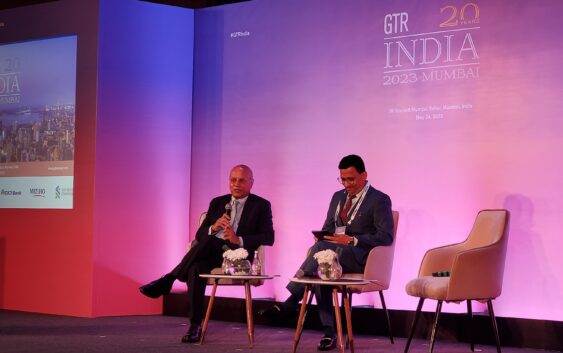
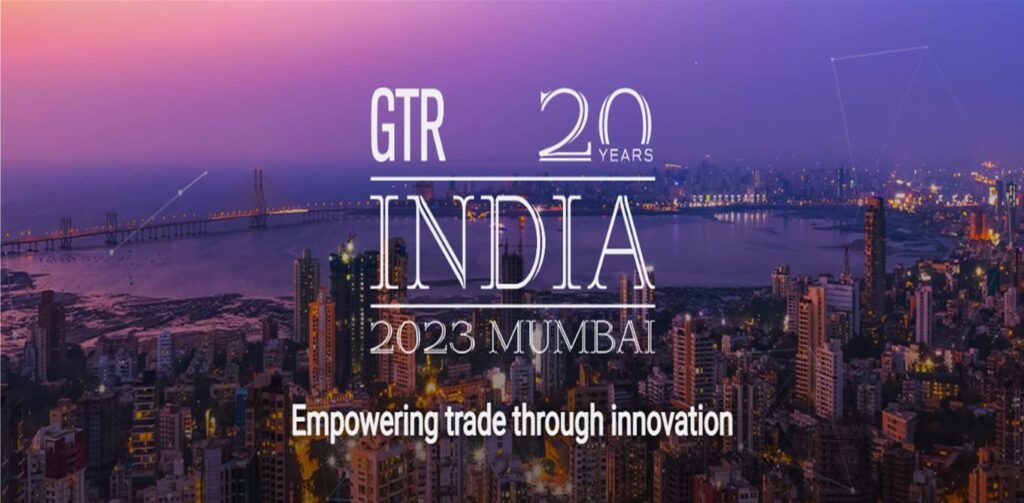
GTR India returned to Mumbai, held at the luxurious JW MARRIOTT, on May 24, 2022 for an exclusive one-day gathering, to commemorate its two decades of presence in the region, and the event was full of stimulating conversations and insightful discussions. The conference attracted a record 482 attendees, and GTR India was proud to have marked its twentieth anniversary in India.
At the event, the primary objective was to consider the most recent developments in the Indian commercial and export trade market. Topics discussed included regulatory policy, changing supply chain patterns, banking reform, access to credit, innovation in fintechs, and sustainability.
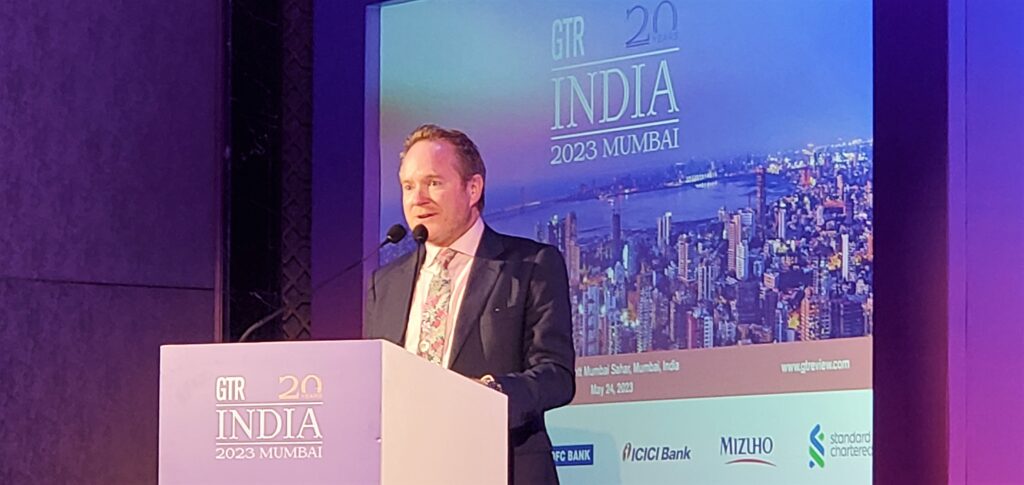
GTR India 2023, the one-day exclusive event attended by 482 attendees, discussed the most recent developments in India’s trade and export market, including regulatory policy, supply chain changes, banking reform and access to credit, fintech innovations and sustainability, among other topics.
The event hosted the top players in the Indian trade sector, featured a comprehensive exhibition, and provided a missed opportunity for attendees to network and establish relationships with key stakeholders, industry colleagues and potential customers, and to discuss India’s trade and export opportunities and objectives.
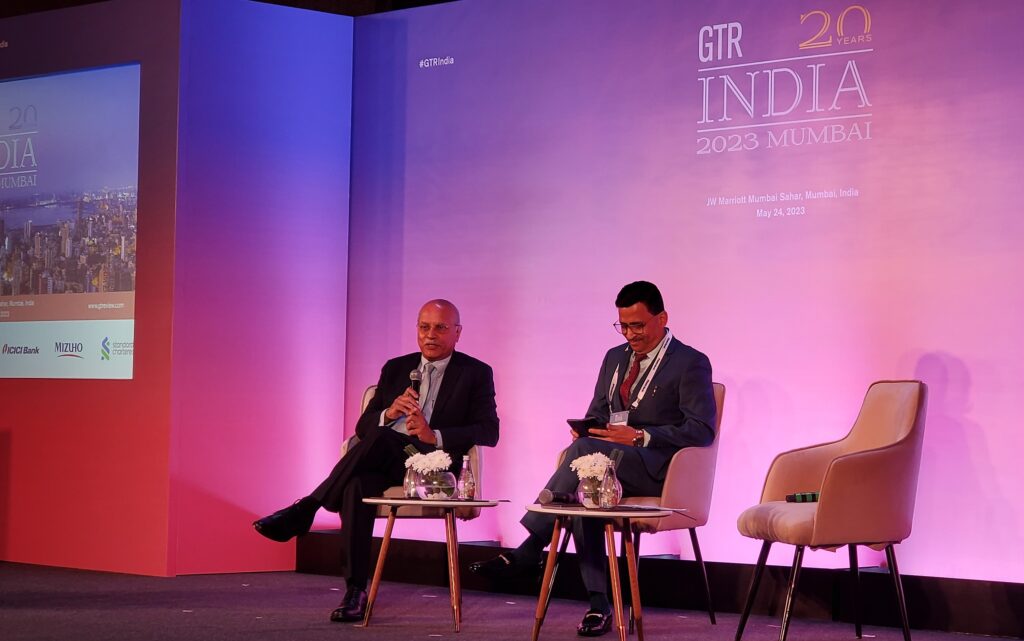
Shailesh Haribhakti, Business Leader & Evangelist gave his insights on “A safe India in an unsafe world: Macroperspectives and India’s trade prospects.”
India’s policymakers, financiers, and corporates need to take steps to buffer the storm of emerging macro risks, such as inflation, recession, and geopolitical conflict. They can do this by diversifying their trade partners, investing in new technologies, and strengthening their financial institutions. By taking these steps, India can grow its trade amidst global volatility and seize new opportunities.
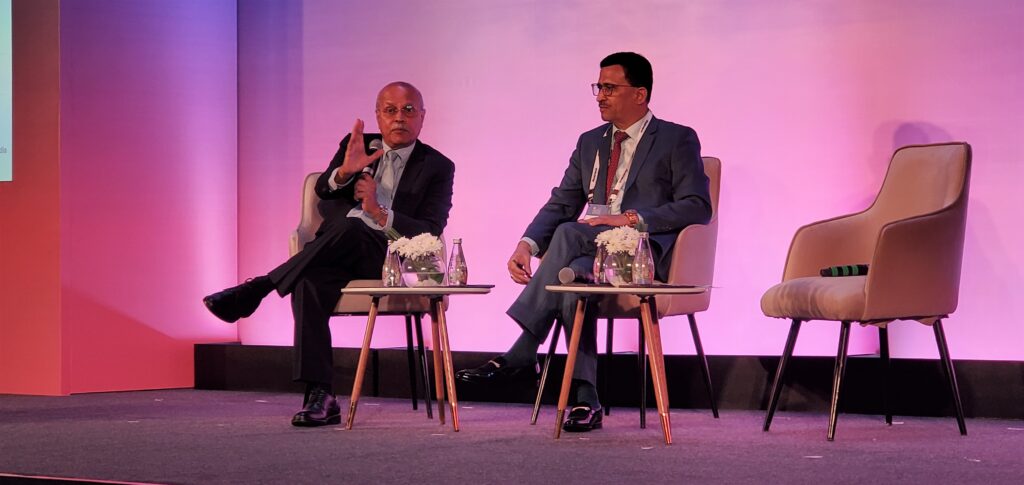
Here are some specific steps that can be taken:
- Diversify trade partners: This will reduce India’s reliance on any one country or region.
- Invest in new technologies: This will help India to become more competitive in the global economy.
- Strengthen financial institutions: This will make it easier for businesses to access credit and invest in growth.
By taking these steps, India can weather the storm of emerging macro risks and emerge stronger on the other side.
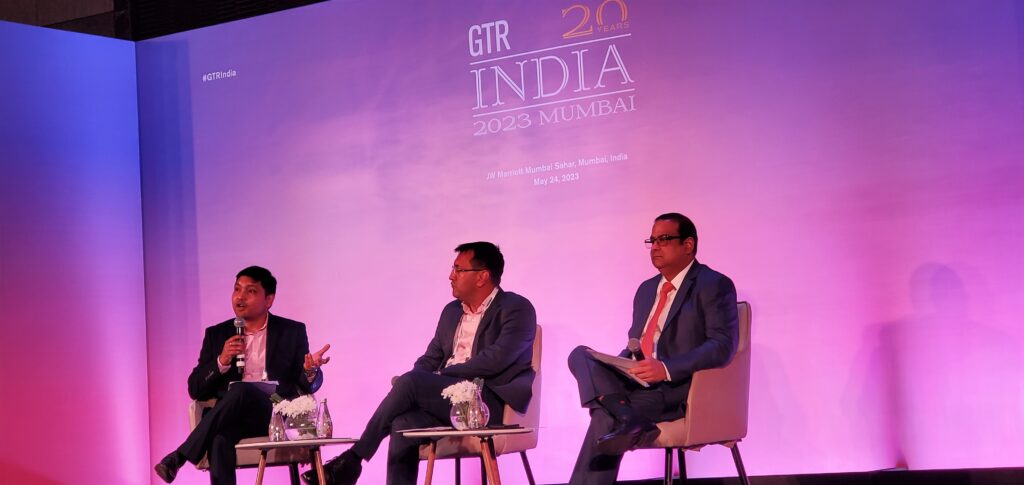
The inaugural plenary session discussed the significant changes occurring in global trade patterns and the key objectives for enabling Indian manufacturers to capitalize on them, ranging from expanding access to both domestic and foreign trade finance, creating competitive advantages for exports, to policy measures to reduce foreign direct investment (FDI) and trade barriers. As market uncertainty persists, India remains well-positioned to reap the benefits of diversifying its supply chain; to diversify away from reliance on China.
Moderator: Vikas Manral, Co-founder & Chief Marketing Officer, SolutionBuggy
Anupam Verma, Head Of International Banking Unit & International Financial Institution Group, ICICI Bank
Neeraj Bansal, Co-Lead & Chief Operating Officer of India Global, KPMG India
Government initiatives such as Make in India and the PLI schemes have been effective at fostering growth and de-risking investment in India. These initiatives have helped to make India a more attractive destination for manufacturing and have led to an increase in exports.
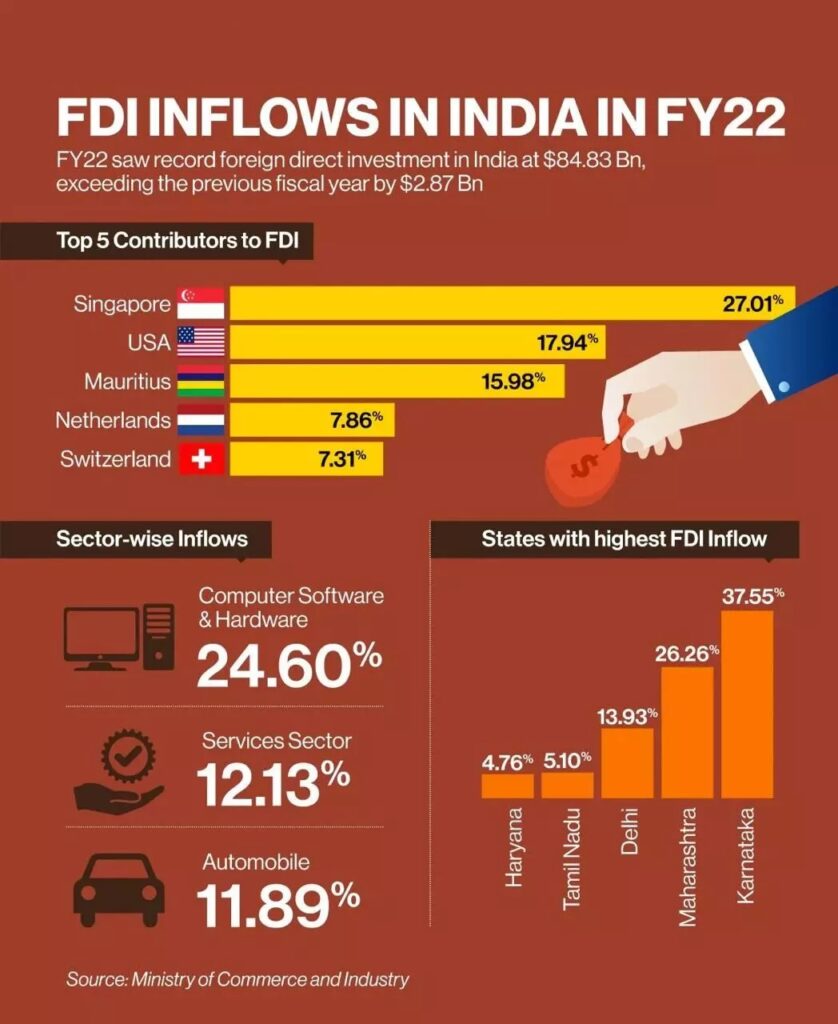
To uphold this momentum, manufacturers and financiers can take the following steps:
- Continue to invest in infrastructure and skills development.
- Make it easier for businesses to access credit.
- Reduce the regulatory burden on businesses.
- Promote trade and investment agreements.
Barriers to Indian suppliers entering global value-chains can be reduced by:
- Improving the quality of Indian products and services.
- Building stronger relationships with global buyers.
- Investing in research and development.
- Promoting innovation.
By taking these steps, India can continue to grow its manufacturing sector and become a major player in the global economy. This will unlock the full potential of the opportunity, including the ability to attract international value-chains to India, expand the country’s ability to source and manufacture raw materials, and address infrastructure timeliness, ease of conducting business and trade barriers.
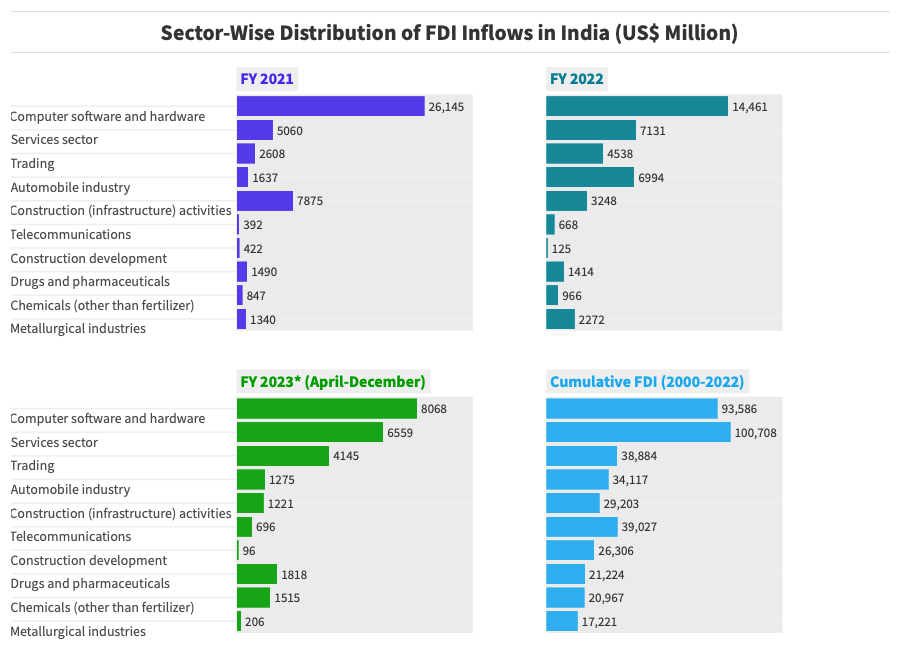
Here are some additional thoughts on how to uphold the momentum and reduce barriers to Indian suppliers entering global value-chains:
- Focus on high-growth sectors. India should focus on sectors that are growing rapidly in the global economy, such as electronics, pharmaceuticals, and automobiles.
- Attract foreign investment. Foreign investment can help to bring in new technology and expertise, which can help to boost the manufacturing sector.
- Promote exports. India should continue to promote its exports and make it easier for businesses to export their products.
- Build strong partnerships. India should build strong partnerships with other countries, which can help to open up new markets for its products.
By taking these steps, India can continue to grow its manufacturing sector and become a major player in the global economy.
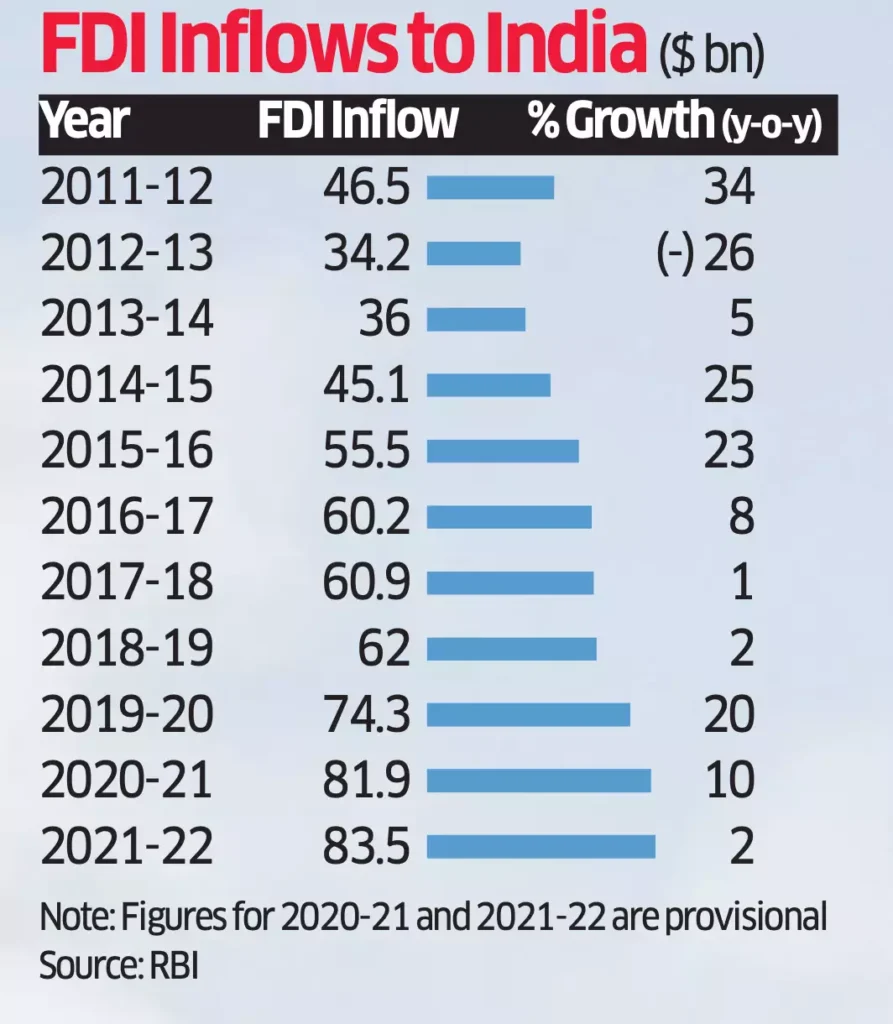
The PLI Scheme, which was implemented across fourteen key manufacturing sectors in the fiscal year 2020-21, is expected to be a major contributor to the Make in India Initiative. This scheme encourages domestic production in areas of strategic growth where India has a comparative advantage. The Scheme aims to strengthen domestic manufacturing, establish robust supply chains, increase the competitiveness of Indian industries, and increase the export potential of the country. It is anticipated that the PLI Scheme will bring about considerable increases in production and employment opportunities, with advantages extending to the Micro, Small and Medium Enterprises (MSME) eco-system.
The Government of India’s flagship program, ‘Make in India’, launched in 2014 and aimed at facilitating investment, fostering innovation, and improving skill development, is nearing the end of its eighth year of progress. Led by the Hon’ble Prime Minister, Mr. Narendra Modi, the program has achieved remarkable results, with annual foreign direct investment (FDI) doubling to US$ 83 billion in 2021-22, and reaching record levels for the eighth consecutive year. This investment has been sourced from 101 countries and has been invested across 31 Union Territories and States, as well as 57 sectors, and is expected to reach US$ 100 billion in the current fiscal year.
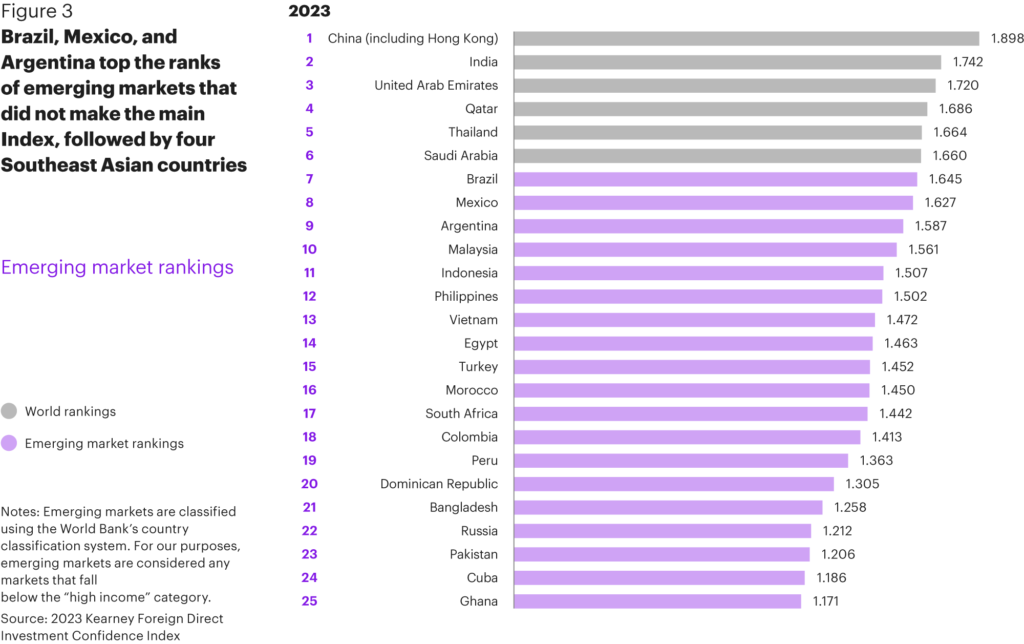
China, India, the UAE, Qatar, Thailand and Saudi Arabia are the top six emerging markets in the KEARNEY FDI Confidence Index®, and are the only emerging markets to be included in the global rankings. This ranking is intended to provide business leaders with insight into the emerging markets that are most attractive to investors.
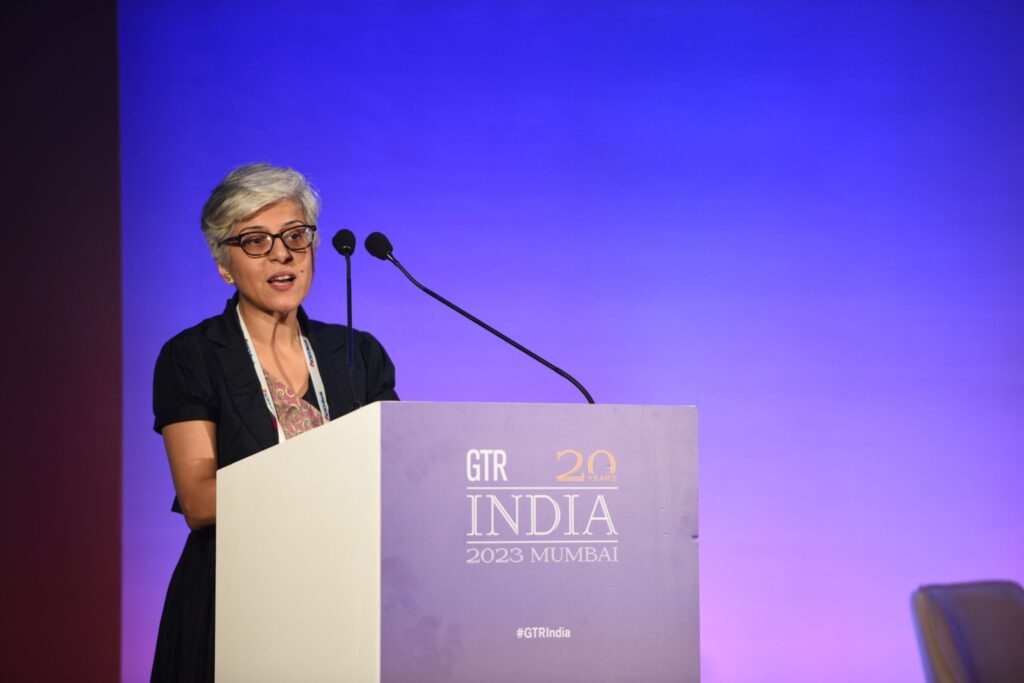
SVATANYA, was the official charity partner for this year’s GTR India trade finance conference, present were Nimish Pant and Deepa Pant, founders of SVATANYA.
SVATANYA was founded as a social enterprise in response to the growing number of migrants arriving in Delhi with their families in search of employment and settling in the city’s slums. The aim of SVATANYA was to empower the underprivileged women of India by equipping them with the skills to create handmade items, aiding them in overcoming unemployment and building a brighter future.
SVATANYA is not only socially responsible, but it also minimizes its environmental impact through the use of sustainable fabrics, the recycling of textiles, and the utilization of cutting to order technologies.
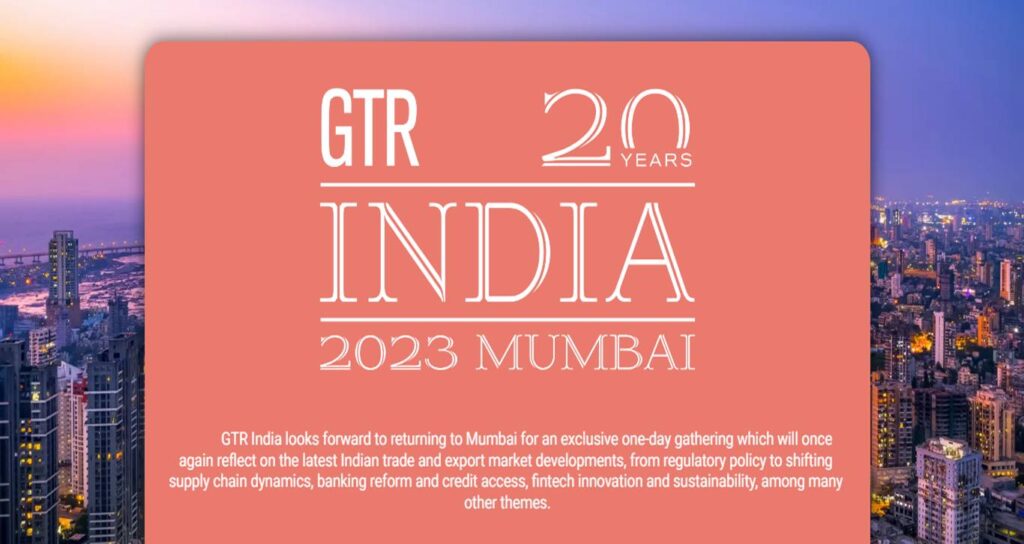
Established in 2002, Global Trade Review (GTR) is a world-class independent publishing and events company, offering a one-stop shop of news, events and services for companies and individuals involved in global trade.

